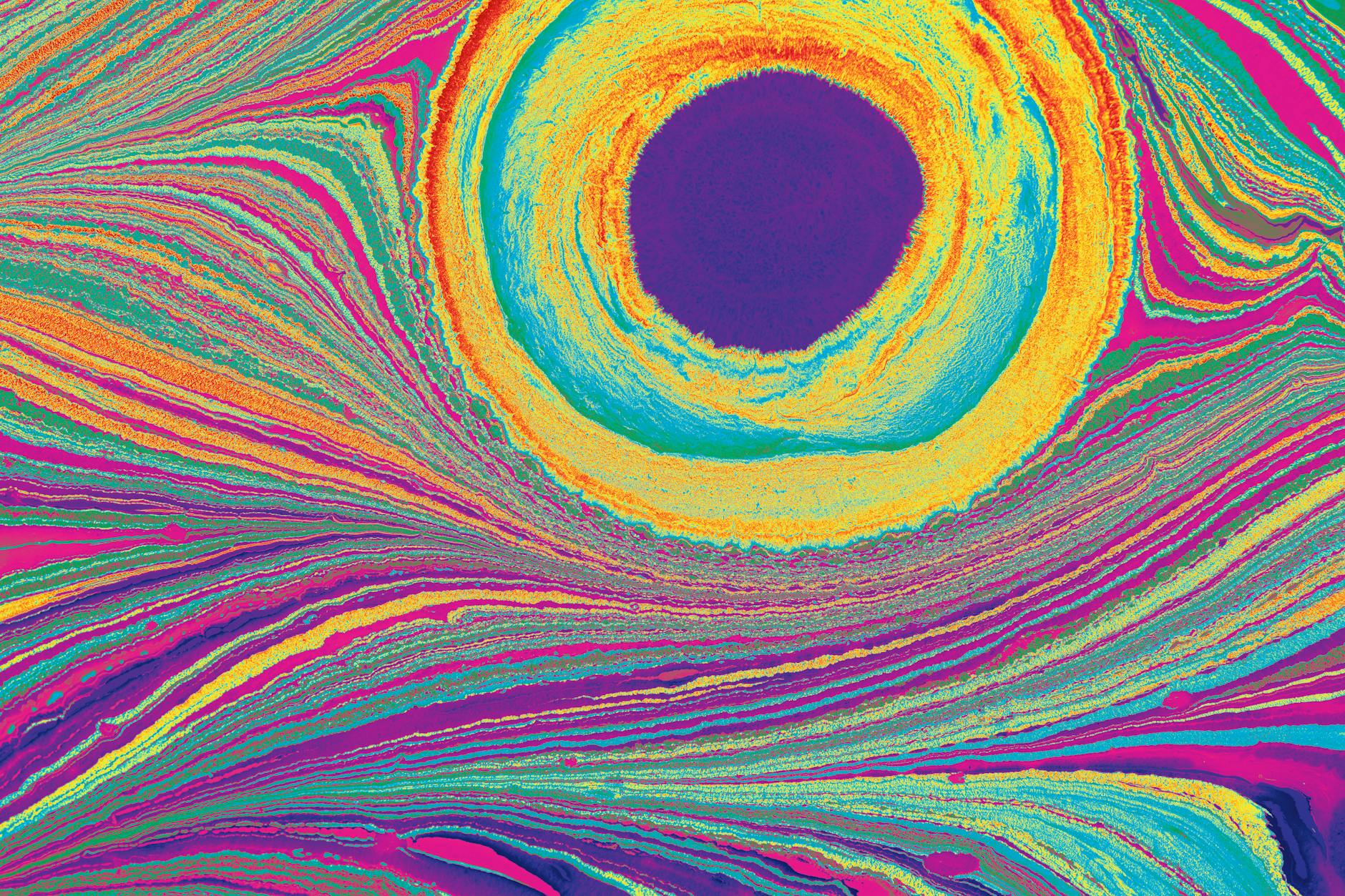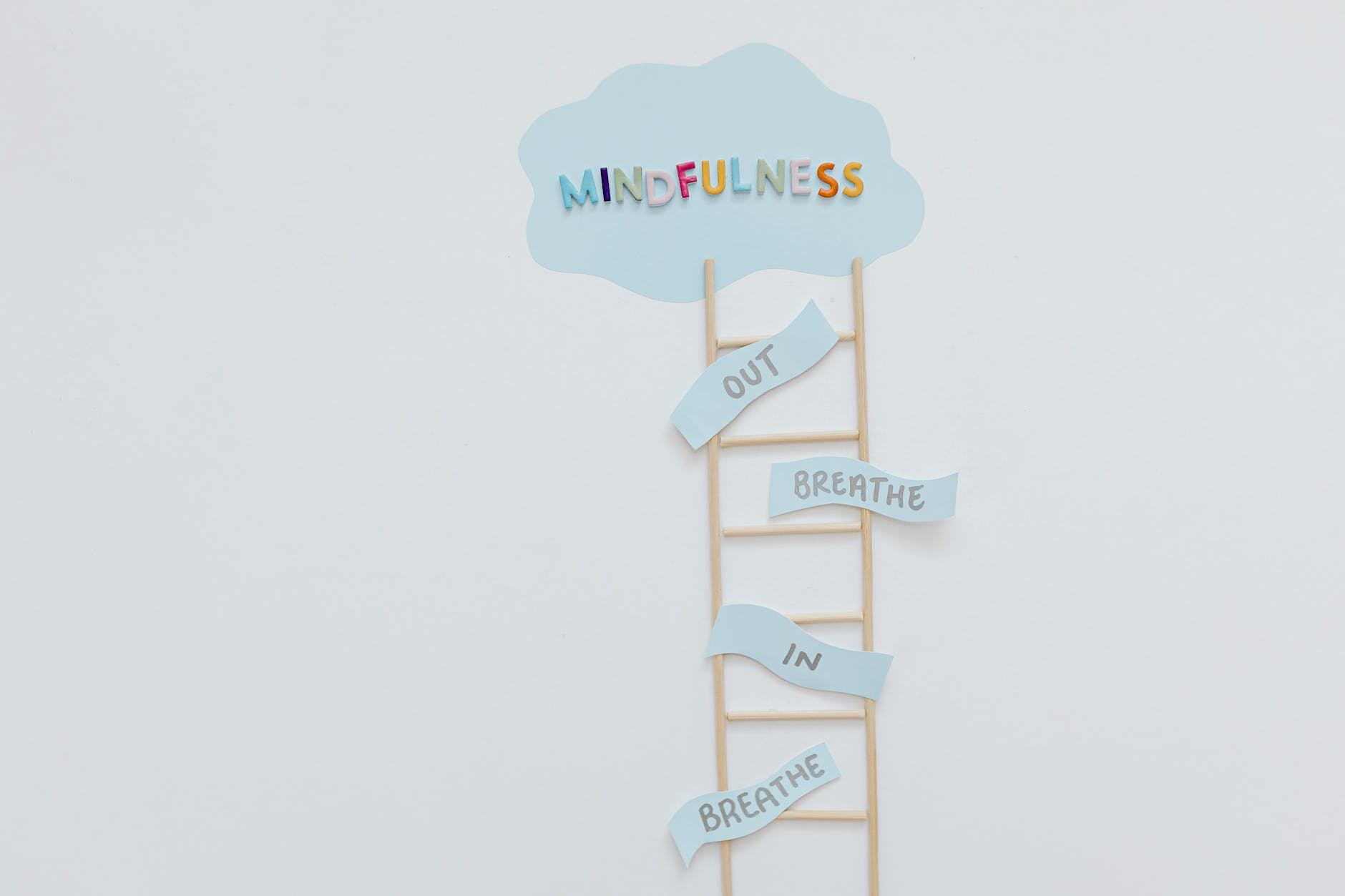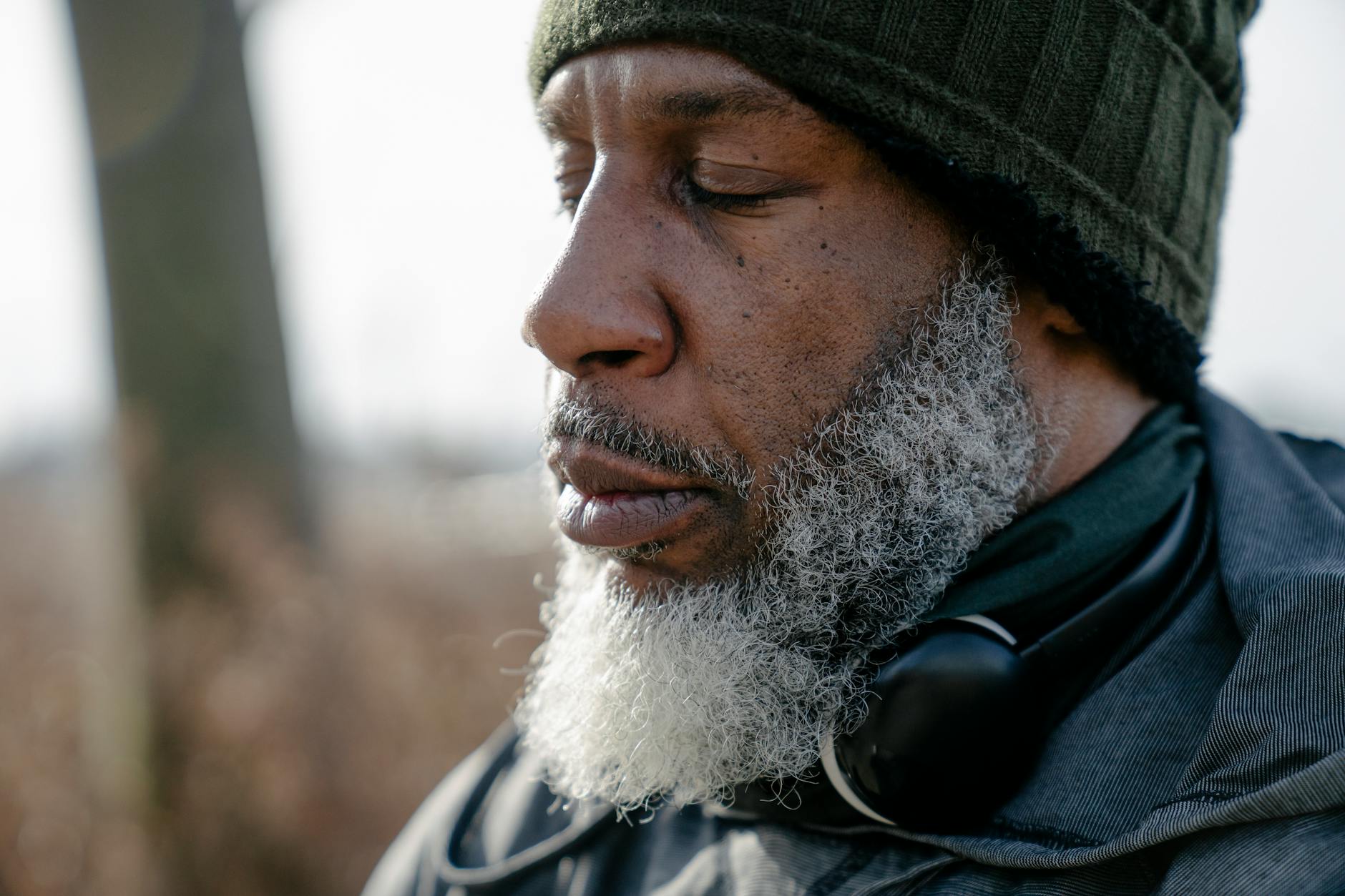Psychedelic art therapy is a unique form of therapy that merges the therapeutic benefits of art with the powerful psychological effects of psychedelic substances. This synergy between art and psychedelics is not an arbitrary one, but a by-product of our brains’ inherent capacity for aesthetic appreciation and emotional connection.
In the context of mental health, art therapy offers a multitude of benefits. By providing an outlet for expression, it assists people struggling with emotional and mental health issues to explore their feelings resolve emotional conflicts, develop social skills, manage behavior, reduce stress, and increase self-esteem and self-awareness.
When combined with the transformative power of psychedelics, art therapy leaps into a whole new dimension of healing potential. The psychedelics induce profound and often mysterious states of consciousness that can powerfully augment the artistic experience. This can lead to cathartic releases of suppressed emotions, repressed memories, and deep-seated fears, facilitating profound healing and personal growth.
Psychedelic therapy is a form of therapy that uses psychedelic drugs (such as LSD, psilocybin, and DMT) to facilitate increased awareness and personal insights. These substances can dissolve the mental barriers that often inhibit creativity and self-understanding, providing access to the subconscious mind and its vault of hidden feelings, memories, and fears.
While under the influence of these substances, artistic expression becomes a potent form of emotional release. Psychedelic art is a result of this release. It is often characterized by abstract, surreal, and vividly colorful images that reflect the hallucinatory quality of the psychedelic experience.
Research has found that administering low doses of psychedelic substances within a therapeutic context can lead to significant improvements in mental health, particularly for individuals battling depression, anxiety, and PTSD. Conventional treatments for these conditions often suppress symptoms rather than address their root causes. However, by fostering increased introspection and self-understanding, psychedelic art therapy can help individuals confront and overcome their inner demons.
Creativity is also a crucial component in this process. The act of creating and analyzing art can help individuals grapple with complex issues and emotions in a purposeful and tangible way. This therapeutic process provides a physical manifestation of the individual’s subconscious, which can subsequently be processed, understood, and integrated into their daily lives.
One might wonder about the possible risks of using psychedelic substances. Responsible use is indeed imperative, with administration only occurring under the supervision of a trained professional. These substances are powerful tools, and like any tool, they can cause harm if misused. The potential for abuse, dependency, or adverse psychological reactions exists, although these risks can be mitigated in a controlled therapeutic environment.
Psychedelic art therapy is not for everyone, but for those who resonate with its novel approach, it offers a profound method of exploration and healing. Its combination of art therapy, psychedelics, and personal introspection create an experience that transcends typical therapy settings, often leading to significant breakthroughs.
In conclusion, psychedelic art therapy encapsulates a powerful synergy between the therapeutic benefits of art and the transformative qualities of psychedelic substances. It paves the way for healing, self-awareness, and a more profound understanding of oneself, showing promise for those struggling with mental health conditions who may not have found relief in more conventional therapies. This fusion of the arts and science benefits not only our mental health but extends into improving our overall well-being as well.






